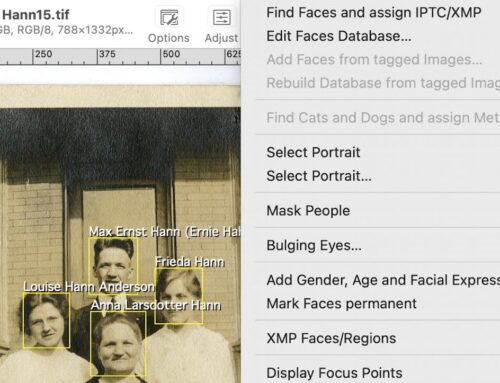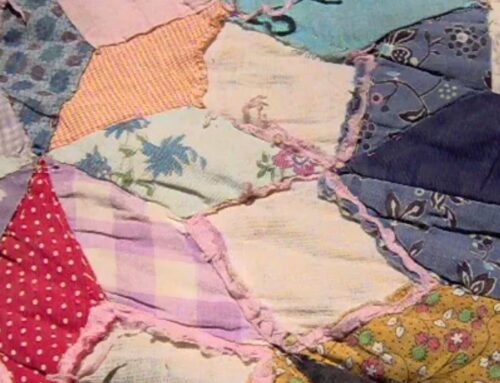 When acid-free is not good enough is today’s topic. We fielded calls all the time in the archives asking for advice on preserving family papers. And one of the most persistent misperceptions we dealt with was that acid-free products equate to archival-level preservation quality.
When acid-free is not good enough is today’s topic. We fielded calls all the time in the archives asking for advice on preserving family papers. And one of the most persistent misperceptions we dealt with was that acid-free products equate to archival-level preservation quality.
The truth is a little trickier. There are very technical standards for what constitutes an acid-free product, but acid-free isn’t always good enough.
The fact is that standard paper and mat boards for framing are made of wood pulp paper, which inherently contain acid. (That “inherent vice” is what causes yellowing and, eventually, deterioration.)
During manufacturing, a chemical buffer, usually calcium carbonate, can be added to paper and mat board. If calcium carbonate sounds familiar, it’s because it’s the main ingredient in stomach antacids like Tums. The calcium carbonate absorbs acid, whether it’s in the paper or in your stomach. And therefore, the paper or mat board can be labeled the “acid-free.”
The problem is that it works only for a limited time; then the acid, still in the board, resumes its damaging effects. The only archival preservation quality paper or mat board are those made of 100 percent rag (usually cotton) or alpha-cellulose (highly purified) paper, making them inherently non-acidic. So shop smart and know when acid-free is not good enough. Use 100 percent cotton paper for printouts and buy your storage supplies for your family papers from reputable suppliers like Hollinger for best results.




You’re welcome – how are you doing, Michelle?
Thank you for the clarification. I always wondered about the “acid free” claims.